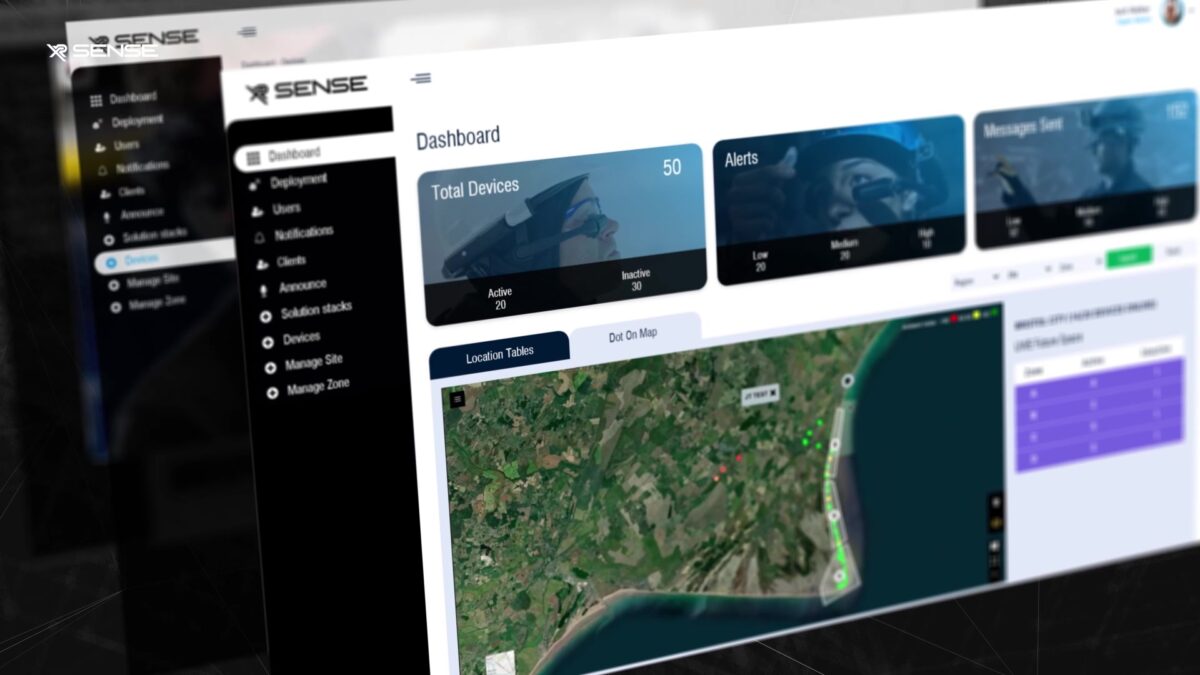The children of AI, virtual reality (VR), augmented reality (AR), and mixed reality (MR), have only just captured our imaginations, but extended reality (XR) has already entered the mainstream. This idea incorporates the three phenomena, and its emergence can be attributed to their growth and convergence. XR is also gathering momentum and having an impact on several processes and events at the same time. Let’s determine the meaning of this phenomenon, its primary capabilities, and its commercial value.
The Origin of Extraordinary Reality
Virtual, augmented, and mixed realities are all included under the general phrase “extended reality.”
We must examine each of the three concepts separately in order to fully comprehend this “platform” that combines them all.
Virtual Reality
VR, often known as computer-simulated reality, is a technology that enables people to become completely immersed in an alternate environment or one that closely resembles reality. In other words, it creates a digital reality that takes the place of the user’s actual reality. Virtual reality, made possible by particular headsets, offers a setting with lifelike visuals and audio, while a full VR world includes all five senses, including smell, taste, and touch.
This method gives people the chance to have new experiences and travel to locations where they are not currently able to be at a given time. VR is widely employed for a variety of teaching purposes as well as in the gaming and entertainment industries. Virtual reality might appear incredibly realistic or like cartoon imagery, depending on the intended use.
Artificial Reality
In contrast to virtual reality, augmented reality does not completely replace the real world. By enhancing the physical environment with images, video, music, and other data, this technology adds specialised features to the existing physical environment. Since AR only adds some new characteristics and does not fundamentally alter our reality, it can be claimed that AR resides “on top of” reality. Users are unable to interact with a synthetic environment at the same time. In other words, it “overlays” our world with something.
Humans can overlay their real world with the aid of headgear and mobile device cameras. This technology is employed to improve the presentation of sporting events and has found widespread use in the gaming sector. Pokemon Go is arguably the most striking illustration of its application.
Dual reality
As the name implies, mixed reality blends features of both real and virtual surroundings to produce a brand-new world where actual objects and manufactured ones coexist and communicate. These things can also communicate with one another in real time.
A crucial aspect of this kind of reality is flexibility. Because of this, “mixed” environments combine the greatest qualities of both the real and artificial worlds. It also makes the best use of virtual reality and augmented reality. MR enables users to interact with virtual things as if they were real by displaying them alongside the actual world alongside some real objects that are anchored to a specific real place.
The Heart of Extraordinary Reality
We now have a clear understanding of the three XR phenomena—VR, AR, and MR. We are now prepared to examine extended reality’s definition and its distinguishing characteristics in more detail.
How Do You Define XR?
Extended reality combines key aspects of each of the three connected phenomena VR, AR, and MR because it is built on their respective foundations. The extended definition of reality states that it involves technologically enabled interactions between people and machines in both actual and virtual contexts. Since each of the underlying technologies is a requirement for XR, breakthroughs that cause modifications also result in new XR experiences.
Extended reality, though, addresses more than just the distance to knowledge or skills: XR solutions, including 3D environments, greatly improve gaining insightful information. They create a new environment that enables humans to learn new things that they would not normally learn utilising their senses, creativity, and intelligence.
Long-Term Reality: The Most Effective Use Cases
Around the world, several businesses in the gaming, healthcare, engineering, entertainment, real estate, retail, and military sectors are already maximising the potential of the technology. What are the applications of extended reality? Let’s look at some of the most effective use cases for extended reality.
Recreational Industry
Extended reality technology is most frequently used in video games, which account for 34% of all usage. It is understandable given that the ability to deliver a fully immersive experience is a critical component of the business success of organisations of this type.
Real estate businesses can benefit greatly from extended reality solutions. They make it possible for prospective buyers and tenants to inspect houses without actually being there. All parties involved benefit from the time savings, and the decision-making process is made less strenuous.
Healthcare
Extensive use of extended reality is made by modern MRIs and CT scans, which are another use of the technology in the field of medical imaging. Instead of using conventional 2D imaging, it makes it possible to portray human bodies in 3D, which increases the accuracy of diagnosis.
The ability for trainees to practise on virtual patients further widens the prospects for surgical training.
Manufacturing
Large construction, mining, and utility equipment company Komatsu has also utilised XR for the instruction of equipment operators. They offer training to operators located all over the world in order to prevent multi-million dollar losses brought on by careless use of expensive machinery.
Increase Your Commercial Opportunities Extending Reality
You have the option of using XR technology in your company’s operations or not. Businesses can benefit greatly from extended reality, and thousands of businesses already do. The deployment of XR is still rather dangerous and costly, much like any other newly developed technology.

